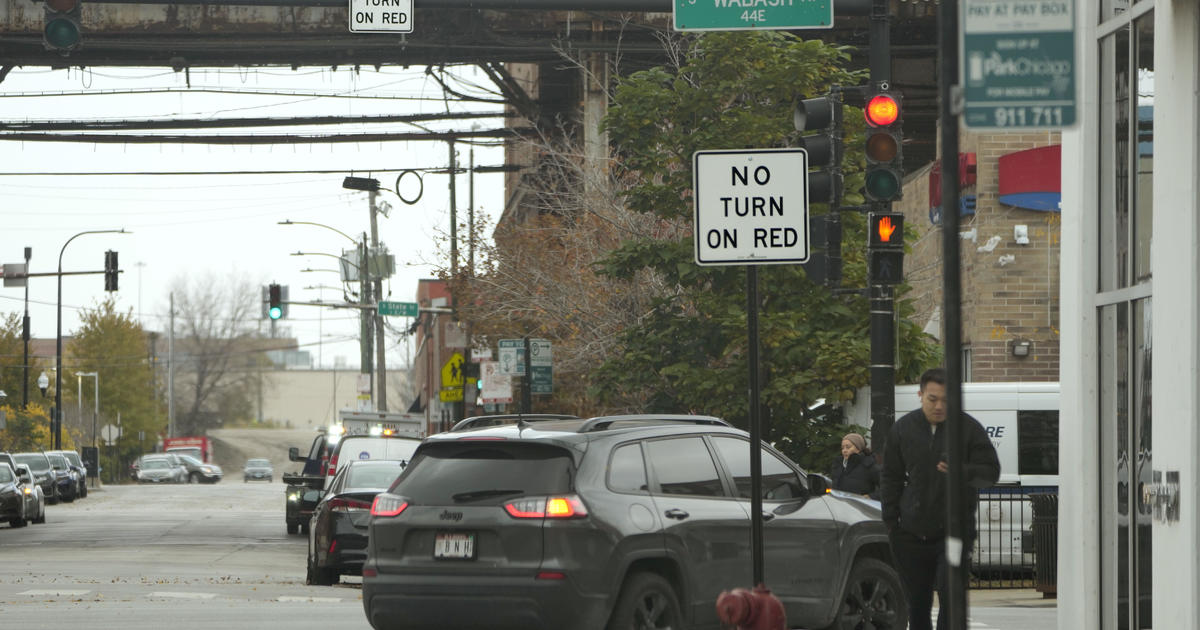Sophee Langerman was on her way to a bicycle safety rally in Chicago’s Lakeview neighborhood in June when a car turning right rolled through a red light and slammed into her bike, which she was walking off the curb and into the crosswalk.
The car was moving slowly enough that Langerman escaped serious injury, but the bicycle required extensive repairs. To Langerman, it’s another argument for ending a practice that almost all U.S. cities have embraced for decades: the legal prerogative for a driver to turn right after stopping at a red light.
A dramatic rise in accidents killing or injuring pedestrians and bicyclists has led to a myriad of policy and infrastructure changes, but moves to ban right on red have drawn some of the most intense sentiments on both sides.
Washington, D.C.'s City Council last year approved a right-on-red ban that takes effect in 2025. New Chicago Mayor Brandon Johnson’s transition plan called for “restricting right turns on red,” but his administration hasn’t provided specifics. The college town of Ann Arbor, Michigan, now prohibits right turns at red lights in the downtown area.



Maybe, but that’s a moot point because so did cities in the US. Take some of the biggest poster-child cities for car-dependency, Atlanta and Los Angeles, for instance.
Here’s what Atlanta’s streetcar network looked like in 1924:
And here’s what LA’s streetcar network looked like in 1938:
We had good cities with public transit in the US. We didn’t build our cities – even sunbelt ones – for the car; we demolished them for the car.
One more example. Here’s downtown Houston from the 1970s:
All those parking lots used to have buildings on them.